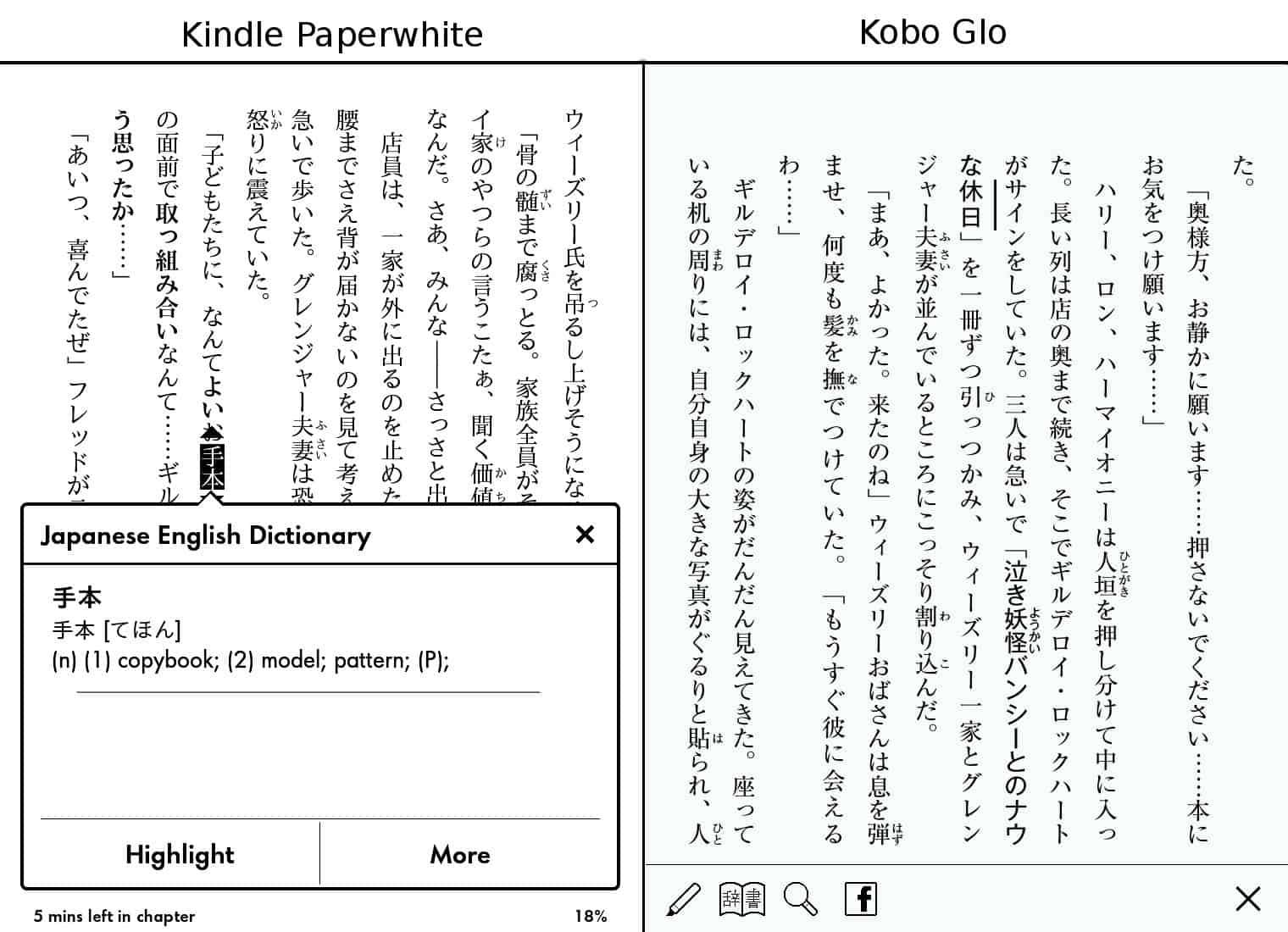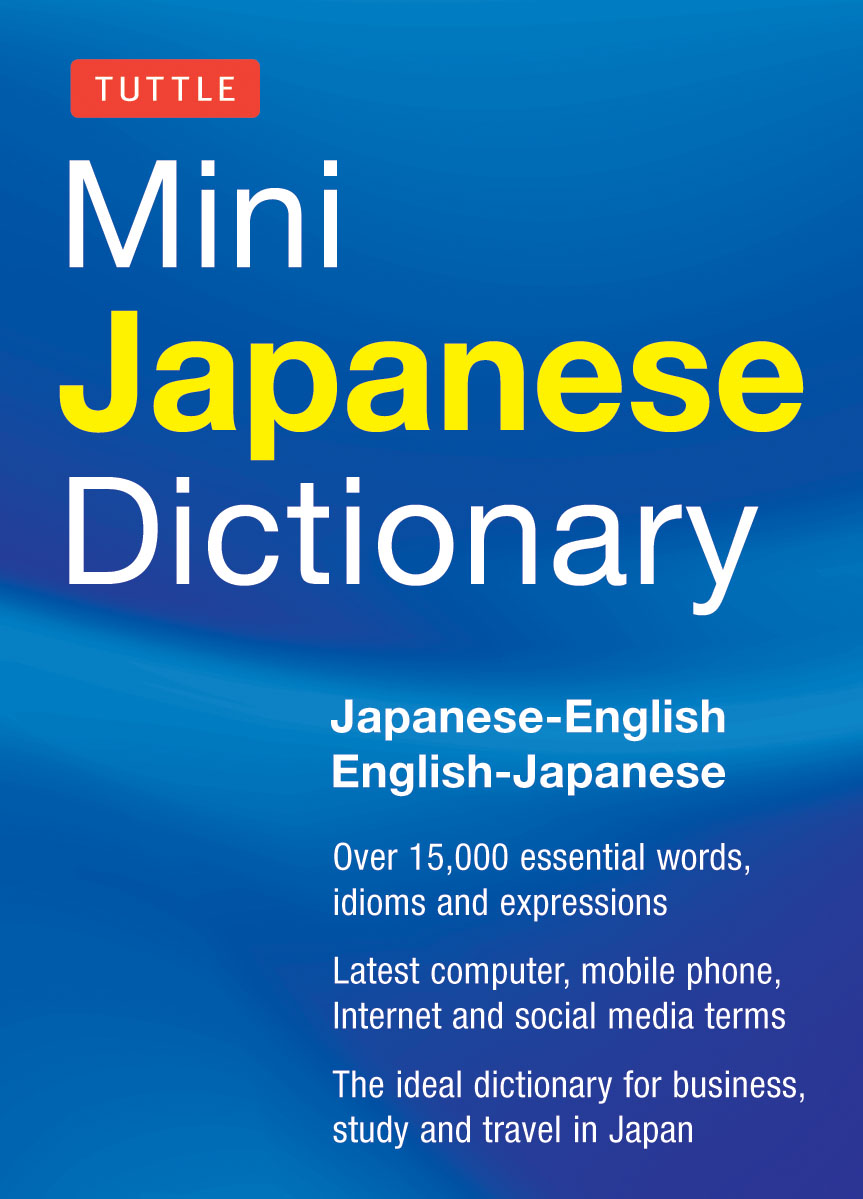

this is a reading-oriented dictionary, and 2. The rationale for this minimalism is that 1. This is always present for verbs and i-adjectives, but otherwise is (intentionally) typically absent. Grammatical information, in a comma separated list.Generally the more common forms are listed first. Written forms, enclosed in fancy square brackets.This will be absent if you didn't provide a pitch-accent file or if the word wasn't in the pitch accent file. Pitch accent, enclosed in square brackets.The entry header (at the top) consists of four parts in this order: The dictionary entries look roughly like this (as best I can approximate with markdown): It will show up as 日本語 - English (Custom) in your Kobo's dictionary drop-down list. Using the dictionaryĪfter installation, you can use it just like any other dictionary on the Kobo. Your Kobo may fail to register the dictionary if you name it differently. Note that the filename is important: Kobo e-readers use the dictionary filename to determine the type of dictionary and what language(s) it's for. kobo/custom-dict/dicthtml-ja-en.zip on your Kobo device. On recent Kobo firmware the installation process is very straightforward: just copy the produced dictionary file to. (This requirement may be lifted in the future.) Not all Yomichan dictionaries are supported, but at least kanji, name, and most Japanese-Japanese dictionaries should work reasonably well.

Note that a JMdict xml file is always required, even when providing yomichan dictionaries. Kobo_jp_dict -j JMdict_e.xml -p accent.tsv -y yomichan_dictionary_1.zip -y yomichan_dictionary_2.zip dicthtml-ja-en.zip


 0 kommentar(er)
0 kommentar(er)
